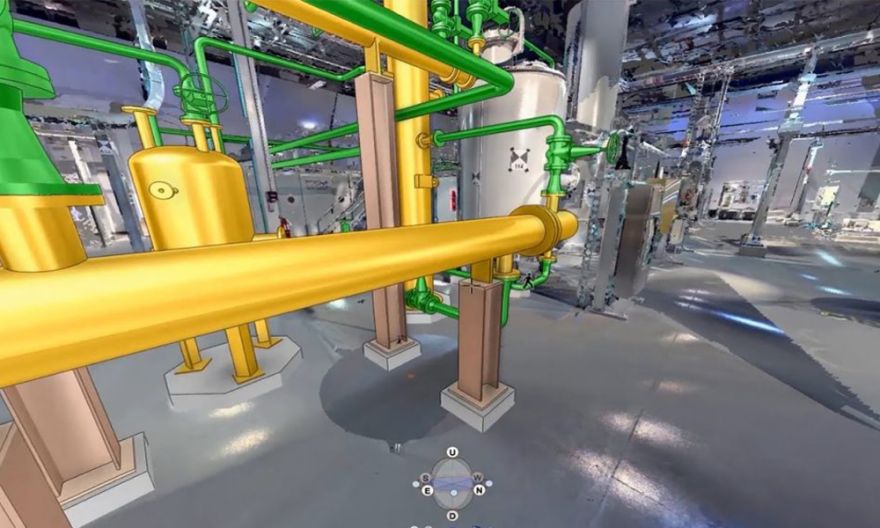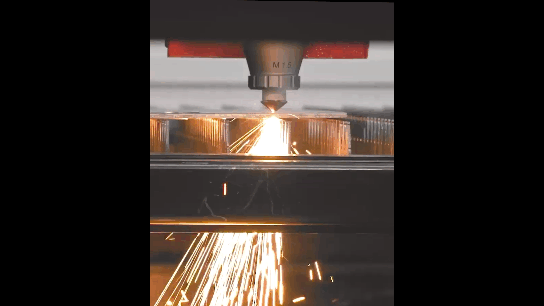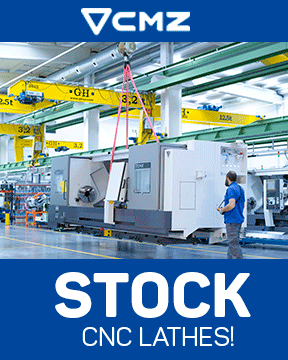A new kind of factory meeting the challenges
Published: | 1st Friday Club, energy crisis

Meeting the challenges of the global energy crisis through digitalisation
Every company of whatever size and in every sector is seeking ways to be more efficient and respond to the increasing pressures brought by higher energy prices.
At the recent meeting of the First Friday Club at the AVEVA offices in the City of London, journalists were treated to a comprehensive discussion with energy experts from across the sector, with a particular emphasis on software solutions.
Chaired by Cadence’s Tom Spencer, he began by presenting an overview of the challenges faced by companies to digitise their factories and improve connectivity on a number of levels, from measuring the effectiveness of their control systems for the running of their operations as well as monitoring any potential problems on the shop floor.
“Make UK produced a stark warning in November 2022 about the scale of the issue, citing that 60 percent of manufacturers they approached considered that energy costs were business threatening, with 42 percent surveyed saying that their energy costs had increased by 100 percent over the past year. They also projected that electricity costs would increase by a further 100 percent over the next 12 months.
“The Government has offered some help through the Energy Bill Relief Scheme, but this is planned to be significantly scaled back from April. According to Make UK, companies have mitigated against this, with 58 percent already adjusting business practices to reduce energy consumption by insulating buildings and installing better performing heat systems. Some 30 percent are reducing production during peak energy pricing periods.
“Securing their own energy supply has become a major priority for many manufacturers, with a quarter of those surveyed saying that they have managed to find funds to move to on-site generation.
“With net zero targets coming into view, carbon emissions need to be cut in order to be more sustainable. This is happening at a time of increased digitilisation, which is at the core of the discussions today.”
Karine Calvert, vice president , EMEA Partners, AVEVA, began by explaining the transition to renewables, with new projects in battery production in Southern Europe, six nuclear plants in France and hydrogen production in Spain.
Martin Lebvionnois, vice president Northern Europe, AVEVA, highlighted how digital transformation is increasing efficiency and energy sustainability in the UK and Ireland. The three costs to companies are energy, the workforce and raw material.
Benjamin Robert, competence director, INDEFF added that we are looking at a new kind of factory, based on information technology. This requires better analytics and process functions. We are seeing two types of challenges: an improved eco system linked to automation and more informed analytic solutions.
Maz Hussain, software leader UK Ireland, Schneider Electric, explained that a lot of the work that Schneider does is by taking a macro view and going into factories to have discussions regarding increased productivity. The conversation has moved on from discussing how to make a particular part better to a comparison of energy costs between one part and another, where there are differences in energy costs of producing them. Digitilisation together with production data produces more efficiency.
Paul Herron, business development manager, Stratus, discussed energy savings through a partnership between production companies and energy suppliers. There are a number of exciting applications coming out of the analytics side, where AI, for example, is being applied to maximise energy and create more stability. The market is changing and local energy storage, for example in wind turbines, is being linked to analytics. This in turn increases the demand for software applications and network connectivity. Industry would simply not survive without analytics.
Sue Roche, general manager, SolutionsPT explained that it has been a tough time for UK manufacturers for the past 10 years, with a number of events contributing to uncertainty for their businesses. There has been a reluctance to invest, but now they can’t afford not to. These conversations are accelerating and driving the need to change attitudes towards investment.
Martin Levionnois explained that the UK Government has made a commitment to Net Zero by 2050, but it is clear that energy transformation is going to cost, but the energy structure has to be replaced any way. The industry has to make it cleaner.
The move to Net Zero will mean that the energy will be cheaper, but the cost of replacing the infrastructure will be more expensive. Across the UK and Ireland, there are currently around 1,400 active capital projects above a million pounds, with 70-80 percent of them involving renewables, with the average project costing around £100 million pounds.
Maz Hussain talked about the investment costs of battery production and hydrogen processing. The digital infrastructure is also vital in achieving Net Zero and Schneider Electric is committed to enabling companies to go Net Zero across their entire value chain by a certain date. This raises a challenge into how you can share information in a Cyber secure way across multiple enterprises in line with GDPR.
At the recent launch of Cleantech for UK, Bill Gates said: “The UK has all the ingredients to become a major player in the global push to build a Net Zero emissions future, including world-class research facilities and forward looking investors. It’s great to see Clean tech businesses, innovators and policy makers coming together to advance UK climate leadership.”
Tom Spencer emphasised the importance of digital transformation and asked Sue Roche to explain how these solutions can be implemented in the UK.
She explained that all the companies represented there formed part of an ecosystem that is here to deliver digital transformation solutions to industry. The right solution needs to be delivered to customers successfully, so that the customer can accept and pay for the level of risk that might be involved and that there is an acceptable return on investment. Uncertainty is creating an impetus for digital transformation and there is an increased awareness of the practicalities of how it can be delivered in a managed way to reduce risk. “It is about how we can take the art of the possible and make it something that a customer actually does in a practical way that delivers results.” It may be involved in ramping up production to meet customers’ demands and solving issues with quality or a waste issue with raw materials. The skills shortage also means that there are currently 4 percent vacancies in manufacturing jobs.
Digital transformation can enable inexperienced employees to deliver faster. The energy crisis is escalating the conversations we are having. What level of digitalisation to customers need and can they drill down to specific equipment and how downtime can be improved. “Some companies are fairly advanced in their digital transformation, but are still hungry to take the next step.” Incremental steps are important in the move towards digitalisation.
Paul Herron said: “The return on investment in software and smart networks is clear, but companies are still asking how they can maximise the return on investment. One of the questions is about the resilience and availability of the software. If you have a server fault, what is the best practise to protect the software applications? We have seen a move towards the Cloud, but operational type applications don’t always sit well there for reasons of latency and cost of connections. If you are moving all your data to the Cloud, but the centre of gravity is on the factory floor, why move it there?”
An Edge computer is essentially distributed outside the Cloud, so what is the best practice available that builds resilience? Stratus Edge computers are protected servers that are fault tolerant, simple to employ and are built so that you can “hot swap” them.
Benjamin Robert said that systems integrators need to realise the potential with the customers and enable them to access digital solutions.
Martin Levionnois concluded that the challenge was to communicate to customers the best means of utilising digital transformation to reduce downtime and improve efficiency.
AVEVA Group plc INDEFF
Schneider Electric SolutionsPT Ltd
www.se.com www.solutionsPT.com
Stratus Technologies Ltd
Quick Links
Published By
4 Mayfair Court
Cleethorpes
South Humberside
North East Lincolnshire
DN35 0QG
© Copyright Roger Barber Publishing , all rights reserved.
Terms and Conditions apply. This website uses cookies, click here for blocking details. Our Privacy Policy is available here.





